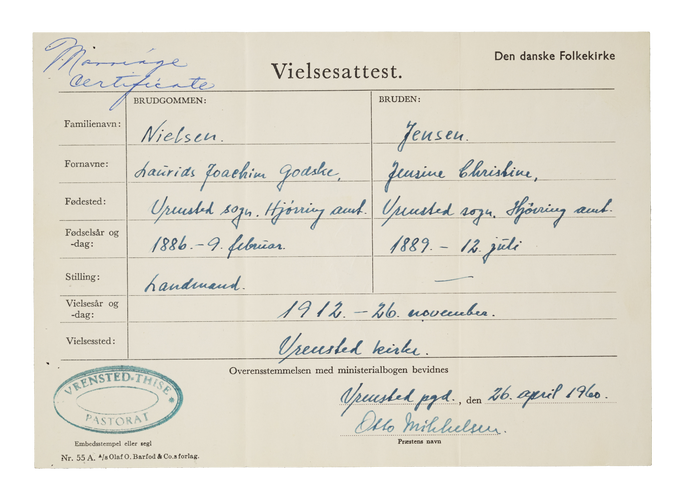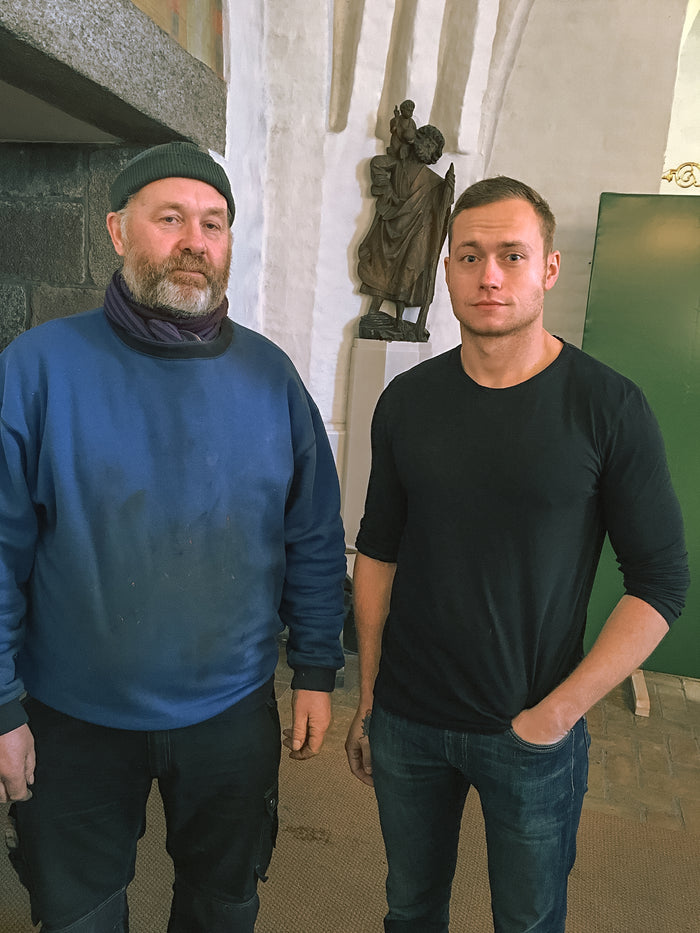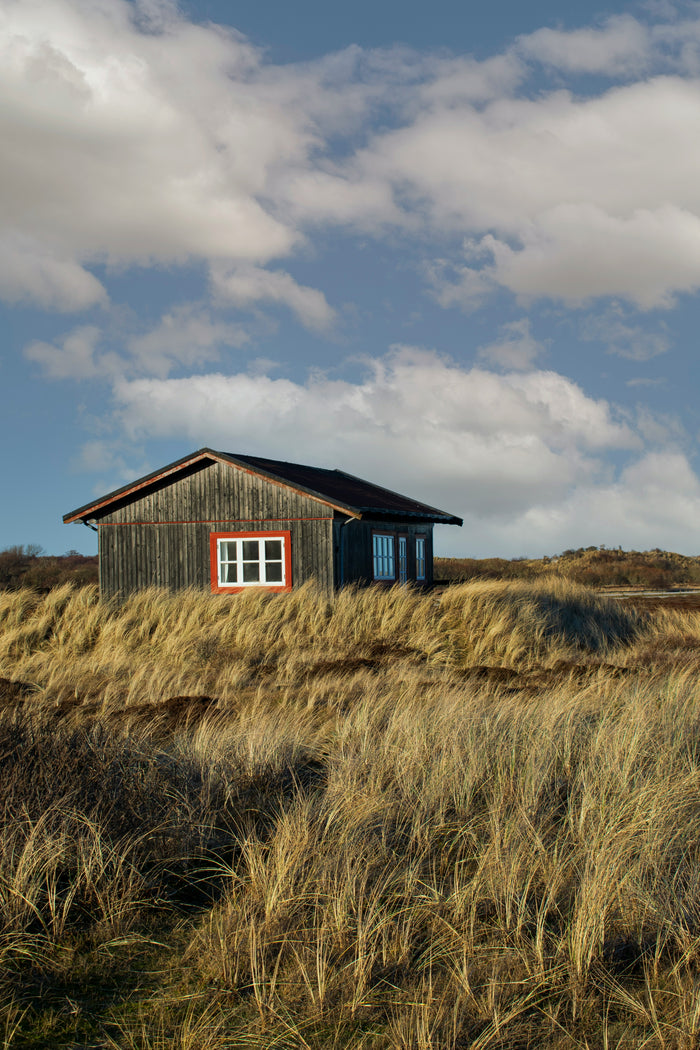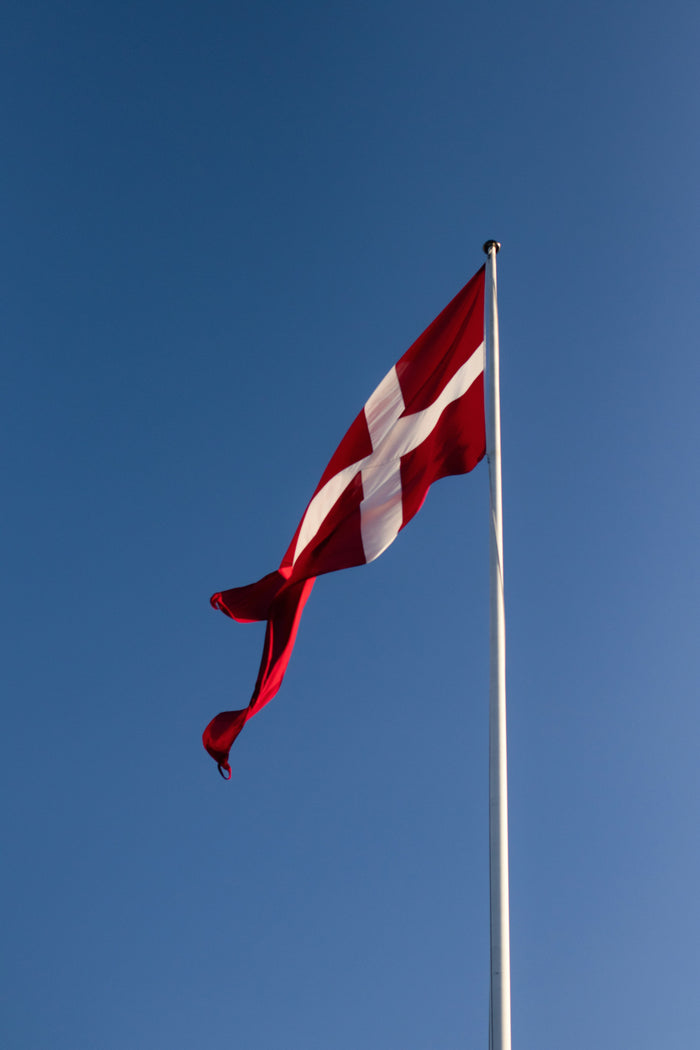September 25
Roll the Bones: Den Uægte Prins
Words by Chris Nelson
Ten years ago, I traveled to Scandinavia to solve a family mystery four generations in the making: am I a bastard prince of Denmark?
This story begins with Joachim “Bumpy” Nielsen, a crabby old Dane married to my great-grandmother, Christina Jensen- whom my late father called “the most sainted woman in the world.” My dad hated Bumpy because of his salty demeanor and his cruel disposition toward Christina, so he felt a strange sense of glee on the day that he was sitting with his mother when she unexpectedly told him, “You know, Bumpy’s not really your father’s father.” Taken aback, my dad pressed her and asked what she meant, and my grandmother continued, “Well, you know, Christina worked in a big house in Denmark for a rich family, and the son got her pregnant. They paid Bumpy to marry her and bring her to America.”

After that life changing revelation, my dad recounted the conversation with friends, coworkers, and strangers at the bar, and he said that his goal in life is to go to Denmark and prove he was a prince. He gathered birth certificates, marriage certificates, and the like, and started to establish a convincing case for what is a pretty unbelievable story, but unfortunately he died before getting the chance to find the roots of his nobility. Nine months after his death, I set out to do what he couldn’t.
In early January 2016, Automobile Magazine sent me on assignment to Arjeplog, Sweden, which is just south of the Arctic Circle, to drive the all-new Jaguar F-Pace on a frozen lake. When the job was done, I borrowed a bright blue 2015 Range Rover Sport SVR and started driving toward Denmark.
My destination was Vrensted, an unindustrialized outpost in North Denmark that is where Bumpy and Christina hailed from. A small town with some 300 villagers, there was a town hall that had been turned into a doctor’s office, a modest school, which was closed, a grocery store that was in desperate need of restocking, and an 11th-century church, which seemed like the most likely place to ask questions and maybe get answers.
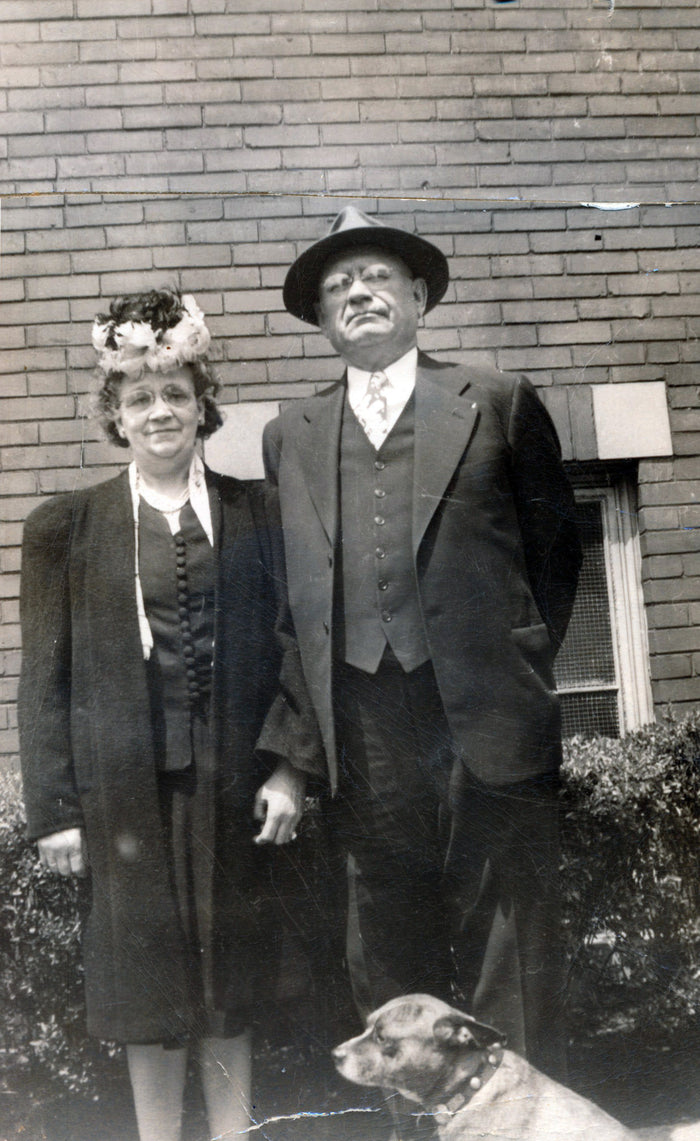
As I walked through a small cemetery toward the main entrance, I noticed the names on the tombstones: “Nielsen.” “Jensen.” “Nielsen.” “Nielsen.” “Jensen.” “Nielsen.” “Jensen.” I pushed open the big wooden doors of the incredibly gorgeous, perfectly preserved church and walked inside, where I saw a big, burly man with blue eyes and a bushy, reddish beard working on a pipe organ. He introduced himself: Henry Nielsen.
I shared the story of Joachim “Bumpy” Nielsen and Christina Jensen, using the forms and certificates my dad collected to fill in the holes created by our language barrier. Henry laughed and said he, too, has a Jensen in his family, and while looking at the marriage certificate, he pointed to the priest’s name and said, “This man was my neighbor.”
When I told Henry the dirty details of my great-grandmother’s supposed indiscretion, he said, “Back then, you either married her or ran. Or if you had enough money, you could pay.” I asked Henry to show me on a map where Christina grew up, and he did, and I asked if there were any prosperous farms, and he pointed to one, just on the edge of town. I asked if he believed this is where my great-grandmother worked, and Henry nodded his head and said, “I believe so, yes.”
It took me less than three minutes to drive the 510-horsepower Range Rover to the farmhouse, which had a long driveway leading to a big barn and a cute, humble house. I went up the driveway, parked near the front door of the house, and froze. A moment later I shifted into reverse, rolled back down, and didn’t stop until Copenhagen.
It was my dad who wanted to go to Denmark, dig up his roots, and discover the truth— not me. He found giddy joy by believing that he might be a bastard prince of Denmark instead of some poor, neglected kid from the southside of Chicago, and his joy was enough for me.
When I arrived at the Danish farmhouse, I realized this wasn’t my mystery to solve and that I should simply appreciate that this unbelievable family story led me to the birthplace of my great-grandparents, illegitimate or otherwise.
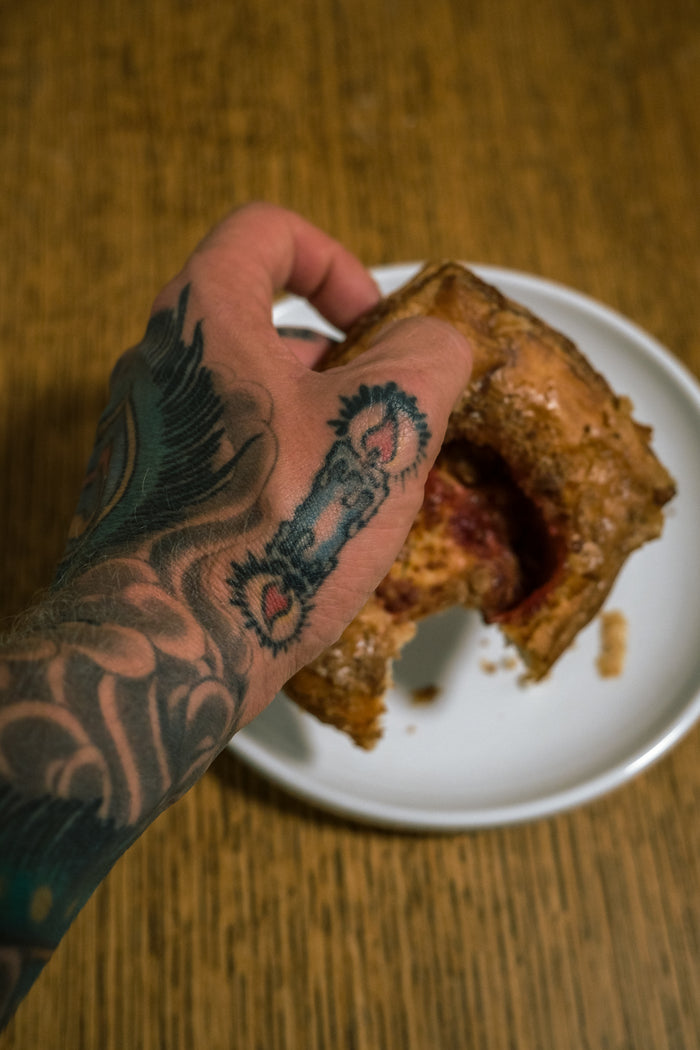
That night as I walked through downtown Copenhagen, I visited the world’s oldest still-functioning tattoo shop and convinced an artist, who had just snorted a bump of cocaine, to do something illegal: tattoo my hand.
I’d heard a story that Danish King Frederick IX, who proudly had several tattoos, would get drunk and ask people to tattoo his hands and neck, so worrisome bureaucrats outlawed hand and neck tattoos.
On my left thumb, I tattooed a candle burning at both ends.
Looking at it, I thought: maybe I am a bastard prince of Denmark.
